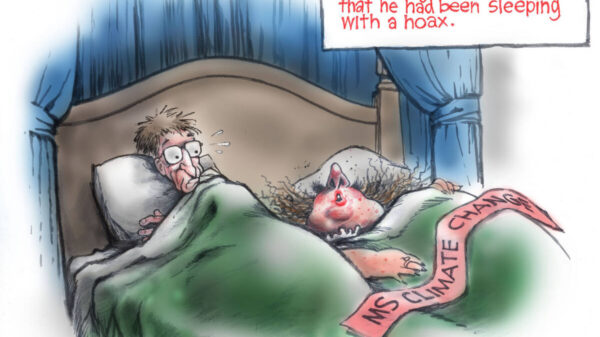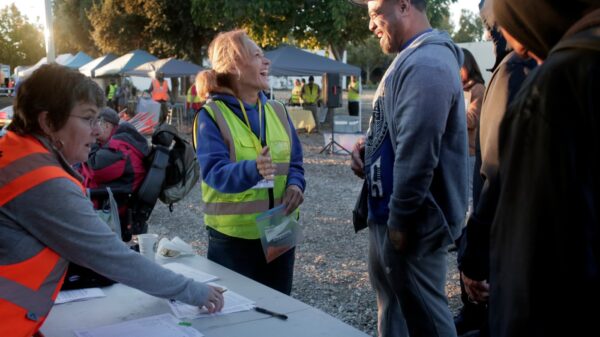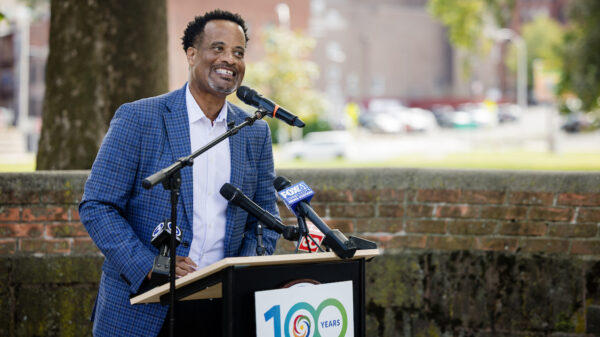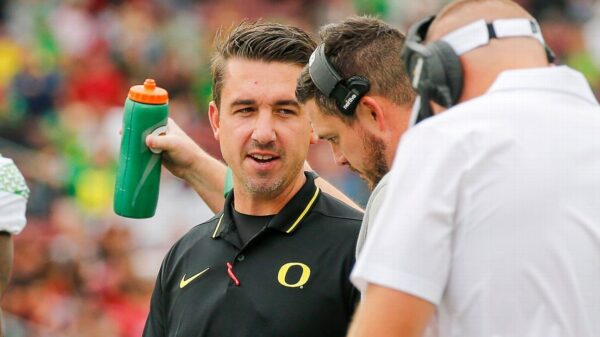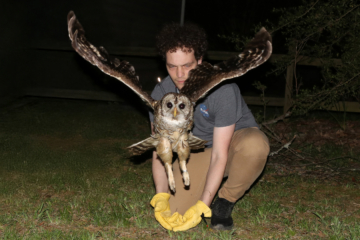A team of researchers from William & Mary is investigating how barred owls adapt to urban environments. On a recent evening, they returned to a familiar site in Newport News Park, hoping to capture a female owl they had previously tagged. This study aims to gather crucial data on how wildlife, particularly owls, is responding to the encroaching human landscape.
The researchers, led by biology professor Matthias Leu and master’s student Justin Biggerstaff, are focused on understanding the effects of urbanization on species facing threats from what scientists term the “Sixth Mass Extinction.” This phenomenon, driven by climate change, pollution, and habitat destruction, is projected to result in significant biodiversity loss. A 2022 study indicates that global urban land expansion could encompass up to 1.53 million square kilometers by 2050, potentially endangering over 800 species.
Biggerstaff, who has a keen interest in ornithology, is particularly examining how road noise impacts the behavior of barred owls. “Owls are very auditory-based animals,” he explained, noting that their adaptations are finely tuned to detect sounds in their environment. He posits that high noise levels, such as those near highways, could hinder their hunting ability, leading them to avoid these areas altogether.
As the team conducted their research, they relied on a unique method to capture the owls. They trekked into the woods with equipment including bulky aluminum poles and specialized nets, seeking locations with clear corridors of trees to set their traps. Attracting the owls involves playing recorded owl calls to provoke territorial responses. This technique has proven successful, with the team capturing owls at 13 sites across Williamsburg, James City County, and Newport News since April.
Once an owl is captured, the team carefully outfits it with a specially designed backpack that tracks GPS location, activity, and temperature. This data is vital for understanding how these birds interact with their changing habitats. After a two-month period, the researchers plan to return to retrieve the data, ideally before the battery on the tracker runs out.
Despite the challenges, including the risk of injury from talons during captures, the team remains committed to their research. “Analyzing activity patterns can help us understand how much energy the owls are using,” Biggerstaff remarked. By correlating energy use with habitat quality, they aim to develop insights into how urban landscapes affect wildlife.
After a long night of waiting, the researchers faced a setback as the female owl eluded their trap. Despite their efforts, the owls seemed to anticipate their moves, a reminder of the unpredictable nature of wildlife research. As Leu humorously noted, “Now they’re just rubbing it in.”
The work of Leu, Biggerstaff, and their team represents an important step in understanding the coexistence of wildlife and urban development. Through their ongoing efforts, they hope to provide valuable insights that could inform conservation strategies in rapidly urbanizing regions.















